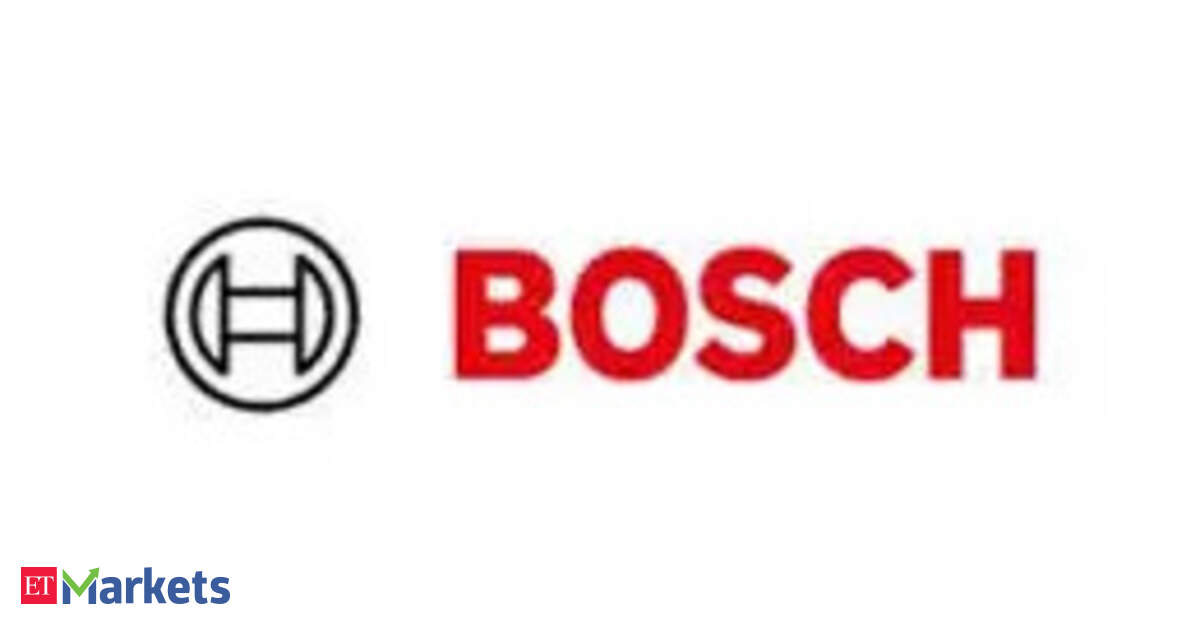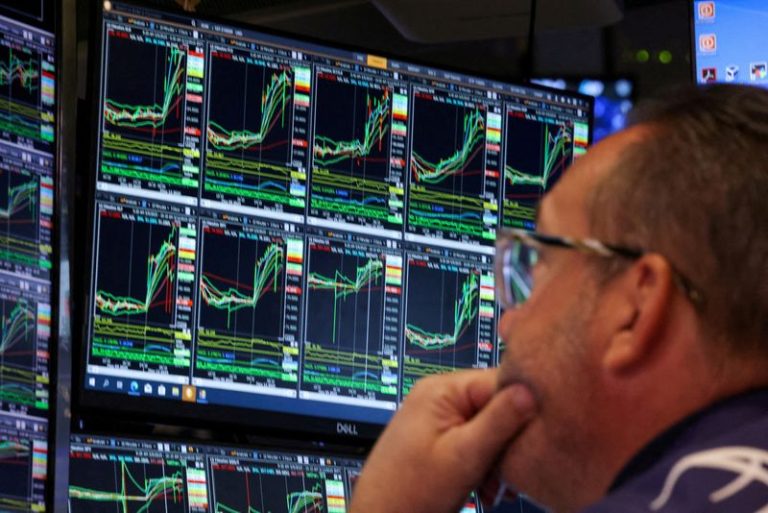On July 3, Bosch filed a regulatory disclosure under SEBI’s Listing Obligations and Disclosure Requirements (Regulation 30), informing the exchanges of a significant customs-related order it received on July 2, 2025, from the Principal Commissioner of Customs (Import), Air Cargo Complex, Mumbai.
The order involves a dispute concerning the wrongful availing of duty benefits under Notification No. 50/2017-Cus, related to the import of automotive components including Rot Speed Sensors, Knock Sensors, and Phase Sensors.
In addition to the duty benefit issue, the order highlights the incorrect classification of key parts:
- The Engine Control Unit (ECU) is to be reclassified under CTH 8708 99 00.
- The Oxygen NOx Sensor is to be reclassified under CTH 9031 80 00.
The financial impact of this customs order is significant, with Bosch facing a differential duty demand of Rs 66.72 crore, along with a penalty of Rs 29.58 crore, totaling approximately Rs 96 crore.
Despite the potential liability, the stock advanced on strong investor interest, reflecting confidence in Bosch’s ability to manage the regulatory challenge.
Technical overview
The 14-day Relative Strength Index (RSI) for Bosch Ltd. stands at 74.7, above the typical overbought threshold of 70, suggesting that the stock may be overextended in the short term and could be due for a correction or pullback.
Additionally, Bosch is trading above all key moving averages — from the 5-day to the 200-day Simple Moving Averages (SMAs) — indicating strong upward momentum across both short- and long-term timeframes.
Valuation metrics
Bosch’s current valuation shows a Price-to-Earnings (P/E) ratio of 47.49, indicating that investors are paying about 47 times the company’s earnings per share.
The Price-to-Sales (P/S) ratio stands at 4.62, showing how the market values the company’s revenue. Meanwhile, the Price-to-Book (P/B) ratio of 6.93 suggests the stock is trading at nearly seven times its book value, reflecting a premium price relative to its net assets.
(Disclaimer: Recommendations, suggestions, views and opinions given by the experts are their own. These do not represent the views of the Economic Times)








